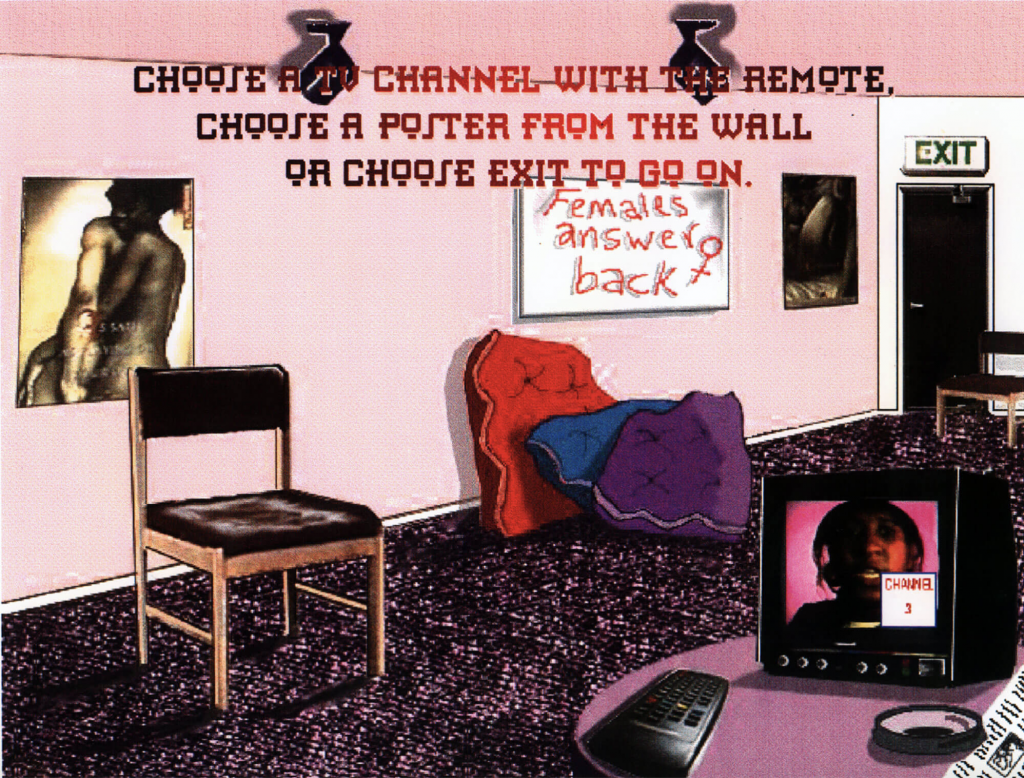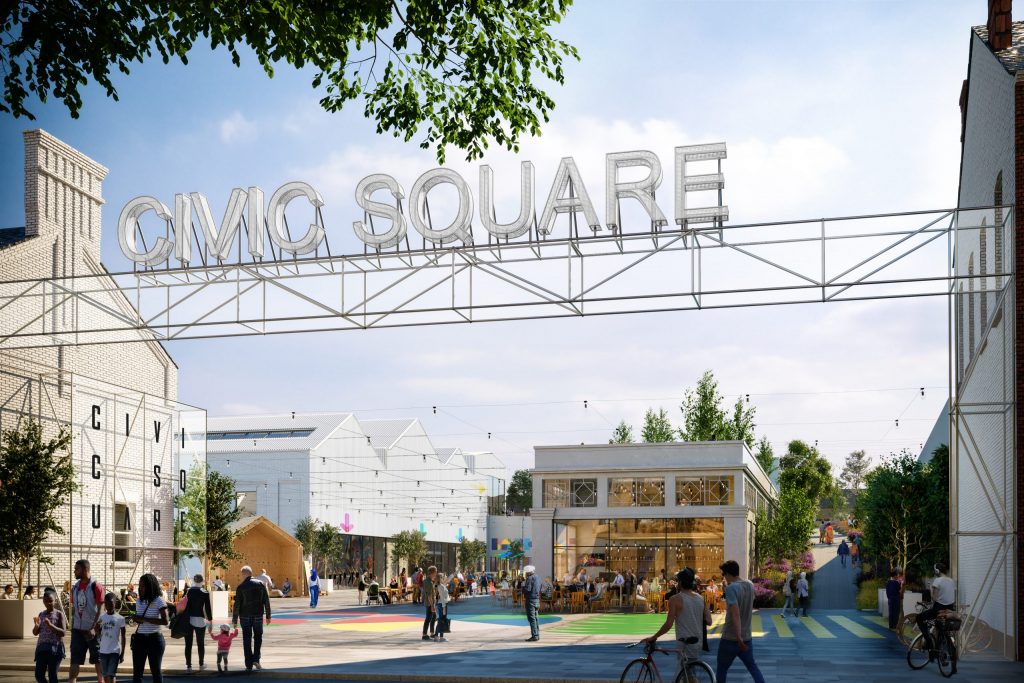
Serving Communities Beyond ‘Business as Usual’
“In and through community lies the salvation of the world.”
―Bell Hooks, Choose Love
Working within the creative industries is a privilege in enabling and extracting cultural projects with the clients, artists, colleagues, and communities we work with. There’s a strong feeling that all forms of community need support and that within the creative industries, many opportunities for freelance artists, makers and curators have been cancelled or postponed. At the same time, the wholly digital realm of the past weeks has not only supported this to continue but has leveraged space for a multitude of online cultural offers and projects, as organisations and institutions move quickly to be relevant and meaningful. Now is a time to consider and know the communities we can serve and devise the best support.
In my personal community of the East of England, Wysing Arts created TRANSMISSIONS, an online platform for commissioning experimental new art within a classic DIY TV show format. Curated by Anne Duffau, Hana Noorali and Tai Shani, it has totally connected with the communities it serves.
Reaching beyond this immediacy, The East Contemporary Visual Arts Network (ECVAN) also ran a 3-year public art programme of publicly nominated locations for ten site-specific art works for and with diverse communities across the East of England called New Geographies. Following on from the physical artworks, ECVAN launches Tracing the East: an online festival of ten podcasts, five films, one soundscape, one audio walk, one live online game, two live performances and three live panel discussions covering the projects themes of Population, Landscape, and History. The collection of works join across its broad community of artists, participants and ‘virtual’ passers-by.
As New Geographies taps into our current dilemma of embracing and embattling nature on a global scale (climate, extinction and now pandemic), I’m reminded of how artists and creatives have often been at the forefront of thinking, particularly towards serving and re-inventing the role of community in problem solving global-scale issues.
Almost a decade ago, long before urban food technologies became widespread, Farm:Shop transformed a run-down shop on Dalston Lane in London into what the New York Times Design Honors List called “One of 2011’s most dynamic social design projects.” Artist team Something & Son (also behind the equally inspirational Makerversity makerspace at Somerset House, London) led the way for a community of interest and entrepreneurship to come together to learn, buy, eat and share in a model that combined ancient and futuristic relationships with our natural world.
Projects like this and many more have fuelled a collective design urgency to minimise humanity’s negative environmental impact. But there remains a tendency to lean towards technological solutions to save the day. Our current Futurecity work with Southbank by Beulah, in the heart of Melbourne, connects the future-facing with the deep cultural history, ecology and communities of the region and that process reminded me of last year’s publication of Lo-TEK, Design by Radical Indigenism. The catalogue of indigenous approaches to innovation expand the definition of contemporary technology and how these local, viable, hand crafted soft systems, can be embedded with traditional ecological knowledge, practices, and beliefs. They reconnect us with nature as co-creator, not servant.
My original home of the West Midlands has always been at the fore of inspirational community co-creation. From the pioneering Jubillee Arts (1974-94) to the fantastic Steamhouse there is a shared approach approach of bringing together inventors, entrepreneurs, businesses and craftspeople to develop exciting new ideas and products for Birmingham. In community-leading initiatives, Impact Hub Birmingham has led the charge, bringing together an incredible diversity of ideas and skills to change not just the look and feel, but the engine under the hood – systems level thinking about governance, creativity and process. Its celebratory closing at the end of last year is giving birth to my tip for the next project to engage: Civic Square. Quietly brewing during this unprecedented moment, their focus will experiment with our neighbourhoods of the future – across themes of collectivism, resilience, creativity – and through a series of online spaces and places to gather and inspire together.
In a recent article, former museum director Nina Simon (CEO of OF/BY/FOR ALL) asks “How Can I Contribute?” Reflecting on the cultural sectors proliferation of online experiences on offer, she asks” You could argue that these organizations are contributing what they do best. But we’re a creative sector, and I think we could get more creative. In the race to deliver, I worry we may distract ourselves from the potential to envision and deliver true community value.”
Whilst it seems as though there is both all the time and no time to respond, Simon suggests the creative sector should select a community of focus, listen to it, map one’s skills and assets, and then check assumptions before diving in. The solutions you create can be either fast or slow, and what we see now are creatives constantly innovating beyond ‘business as usual’.
– Andy Robinson, Head of Strategy

Images sourced from:
https://civicsquare.cc
https://jubileeartsarchive.com
https://newgeographies.uk
